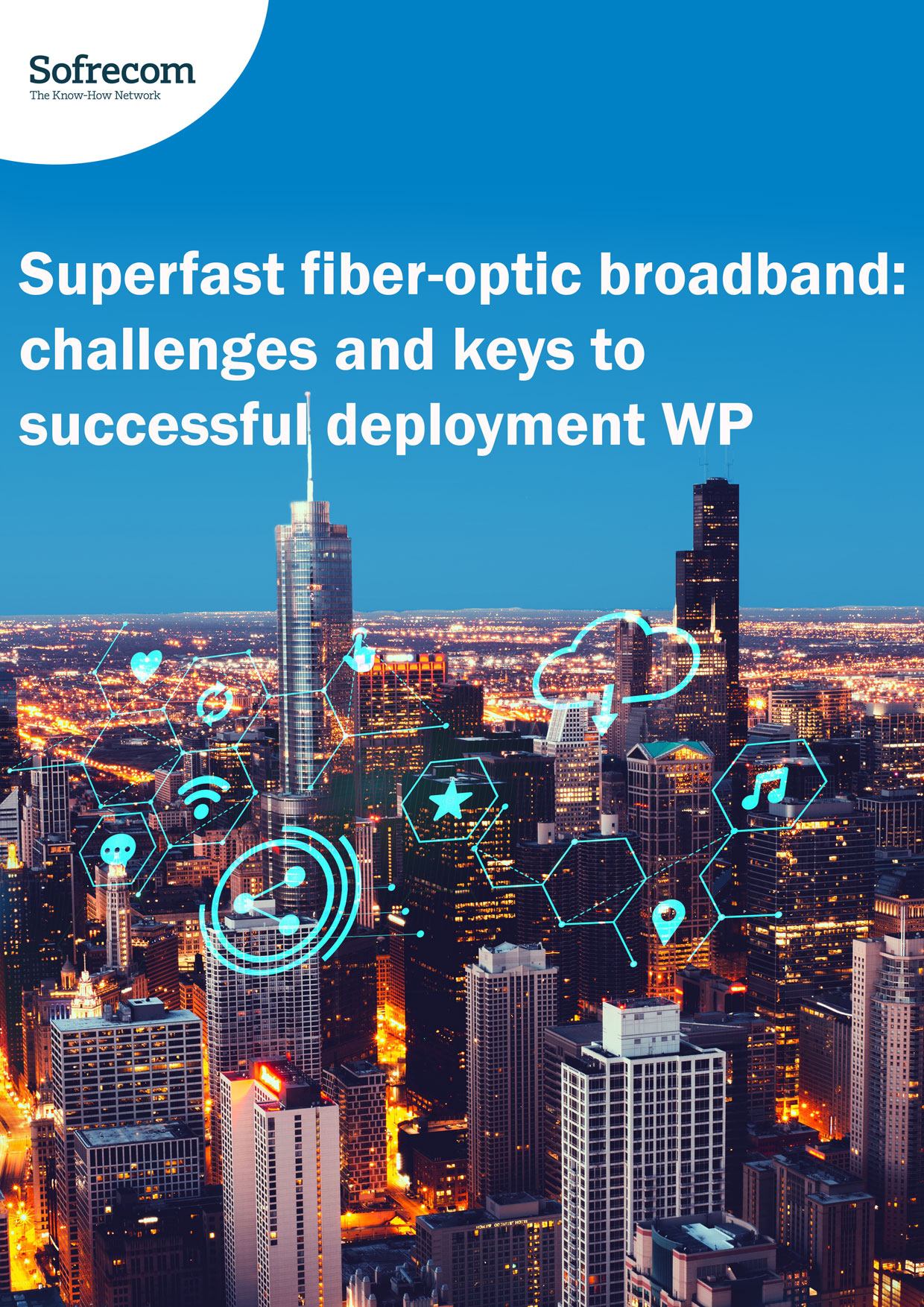
With the arrival of 5G and the accelerated expansion of broadband, the promise of new services and use cases (linked to the Internet of Things, artificial intelligence, autonomous cars, etc.) is pushing operators to ask themselves the crucial question: how to get even closer to the customer.
Mohammad Diab

In a context of 5G deployments acceleration, coupled with the necessity to create new services, applications and to explore more marketing verticals, CSPs (communication service providers) are challenged to resolve the complex equation of: what will be the optimal hosting model for the network infrastructure, network functions, services and content.
The historical telco model for network and services hosting
Historically, CSPs host their main network elements and related management systems along with their customer data in the traditional point of presence PoPs
These PoPs are the technical (network and IT) rooms in which an operator locates the core network equipment (transport, mobile and fixed core: IP core router, MSC, EPC, BNG/BRAS…) and/or some aggregation points like OLT (Optical Line Termination), edge routers…These PoPs are generally distributed in centralized, regional or local levels across the country (Depending on the geography and size of the country, the history of the operator, whether inheriting from fixed operator or resulting from a fixed/mobile merging operation…)
Making the data and the services closer to the customer was always an obsession for CSPs as well as for internet and content providers; Caching solutions have been proposed by the biggest internet providers: Google and Facebook… Moreover, CDN (content delivery network) solutions have been proposed by tier 1 transit operators (like orange international carriers). Local operators deployed as well CDN solutions in the core IP network or sometimes in a lower level in the distributed regional PoPs in order to make the video content closer to the end user and offload the transport network.
The way NFV/SDN is influencing this model
The introduction of the virtualization and the programmability in to the classical network domains via the NFV (Network Function Virtualization) and the SDN (Software defined networks) opens the way to rethink the model of hosting of data and network functions for an operator. … Hence CSPs start to introduce the NgPoP (New generation Point of Presence) by introducing the virtualization in the existing traditional PoP. The NgPoP will not change drastically the way legacy services are running, but it will create an hybrid environment in which it will be possible to introduce totally new services in a new virtual and automated environment IaaS (Infrastructure as a Service), swap some existing services, or maintaining the legacy on a bar-metal infrastructure.
The hosting challenges and opportunities introduced by the 5G and the FTTH
However with the arrival of 5G and with the accelerated expansion of FTTH, multiple new use cases (linked to the IoT, the Vehicle to everything, the artificial intelligence…) push the CSPs to ask the crucial question of how to get again closer to the customer? Indeed, The introduction of highly demanding services in terms of latency, reliability and the sustained increasing of data volume traffic are the drivers to get closer as much as possible to the customer. Operators have then to rethink the hierarchy of PoPs from national/Regional/Local to introduce the micro-PoP at the edge level (Network and customer).
Technically, these micro-Pops on the Edge will be hosted on commodity servers with potentially a virtual layer and will allow to configure and run:
- network services like routing, QoS, authentification
- traditional mobile infrastructure like the vRAN (virtual Radio Access Network)
- Infrastructure and security services like DNS, DHCP, filtering, antti-spam, anti-virus, DPI, encryption, early intrusion detection
- End customer services like VoD…
- Private data hosting (important or confidential enterprise data…)
- PaaS (Platform as a Service)
- Testing environment
The benefits
Hence this will allow generating the below major benefits:
- Agility in deploying and testing new services via a devops approach which will shorten the time to market
- Agility in provisioning new services: Add/Remove/troubleshoot/reconfigure/upgarde any service remotely with zero touch physical concept, which will improve the customer experience and the operational efficiency
- Cost reduction for the same service level
- Making trials on new services on limited number of customers by defining pilote zone
Illustrative cases
The uCPE (universal Customer Premise Equipment) use case is a typical example of what being closer to the customer edge and network edge means. An uCPE can be a combination of 3 functions which can be instantiated in some clicks: vRouter, vFW, WAN optimisation. This will illustrate the zero touch provisioning concepts, the self-care (the end-customer can upgrade/Downgrade capacity…) the ease of troubleshooting by remotely reconfiguring the VMs or upgrading the VNFs… Moreover we can imagine adding some intelligence (more compute and storage capacities) to the uCPE to be able to develop a micro-customer edge dedicated to the end customer.
One of the today most current disruptive operators, Rakuten, has close to 300 edge data centers where it co-locates IT racks and deploys vRAN as an application! Rakuten plans to deploy 4,000 edge data centers throughout Japan enabling 96% population coverage by March 2026 (ref Rakuten no ordinary telco, tmforum report)
Conclusion
Therefore, we believe that there is no doubt about the necessity and the urgency to move the data next to the edge; Some studies forecast that as today 80% of data are in central Datacenters, 80% will move to the edge in the next years. However CSPs must as early as possible establish a master plan, define the timing of such transformation. They have to ensure making early right technical infrastructure choices: Open, scalable, shared, vendor-lock or based on partnerships. This master plan must include the rhythm of this movement and the gradual ratio evolution of “central” vs “Edge” hosting.





